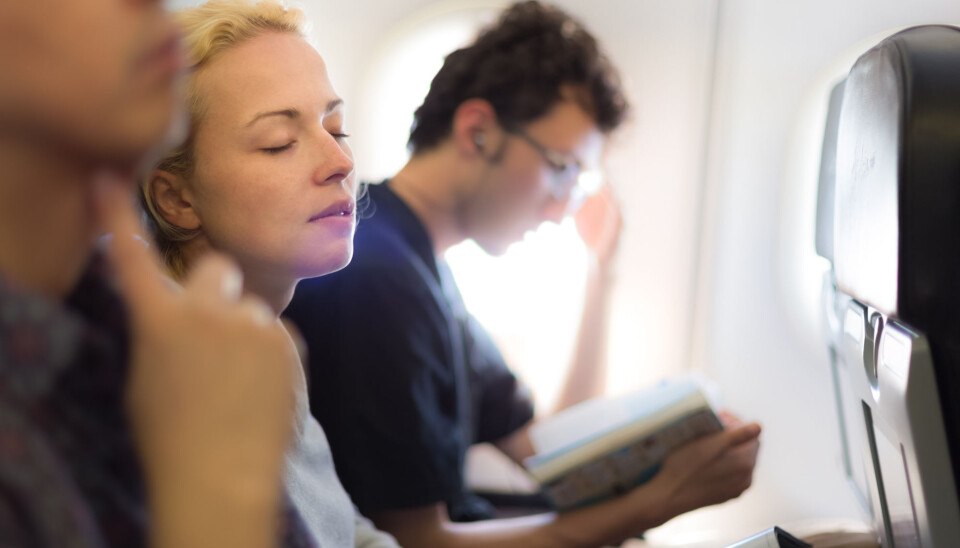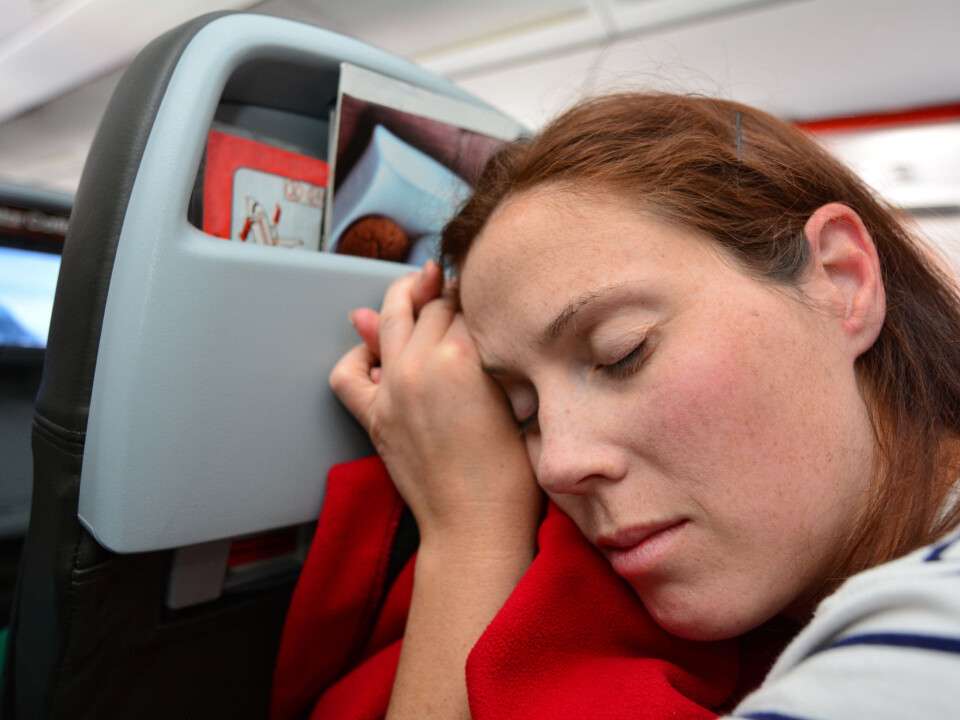
People are less afraid of flying now than in the 1980s
Despite several recent major accidents and terrorist attacks, Norwegians are less afraid of flying than they were 30 years ago. The biggest risk from flying comes from our imagination, one researcher says.
In 1986, 5 per cent of Norway’s population would never get on a plane. Their fear of flying was strong enough that professionals described it as a serious phobia.
In contrast, just 0.5 per cent of Norway’s population in 2015 refused to fly because of fear.
However, fear of flying is one of the most common phobias in the world today, according to researcher Tine K. Grimholt.
"Fear of flying keeps people from going on family vacations and work-related trips, which creates social problems," she says.

Grimholt was recently the first author of a study that looked at how fear of flying has evolved among Norwegians over the last 30 years.
How scared are we?
Fear of flying is a broad category that includes everything from people who refuse to fly to people who are a little anxious during take-off and landing.
Professionals thus classify fear of flying based on the severity of the problem, ranging from people who have a serious phobia (and never fly because of their anxiety), to people with an average fear of flying (people who fly but who have problems during the flight), to people who in general are afraid of flying, and people who are not afraid to fly at all.
Grimholt and her colleagues surveyed Norwegians in 2015 to assess how anxious they were about flying. The questions they asked were similar to a survey undertaken in 1986:
How frightened are you of flying?
0 = Not afraid at all
1 = A little scared sometimes
2 = Always a little scared
3 = Very scared now and then
4 = Always very scared, but still flying
5 = Always very scared, sometimes I avoid flying because of it
6 = Never fly because of fear of flying
Zero risk from flying
But how dangerous is it, really, to fly?
“We usually say that the risk of dying when you fly is zero — plus whatever happens because of chance,” says Øyvind Ekeberg, a professor and specialist in psychiatry. He was the initiator of both surveys and has worked with the issue of flight phobia for many years.
“The point is that the risk of aircraft accidents is so small that we don’t have a way to describe how very small it is. That’s why we say it is zero,” he said. “But chance or fate may mean that you can be extremely unlucky and die in any situation you are in. Although many may not like to believe it, we can never eliminate all risk.”
Our imaginations create the biggest problems
Some may argue that hurtling through the air while jammed in a thin pressurized tube of aluminium is reason enough to be a little worried. So shouldn't we be just a little afraid?
“No, because it is so incredibly safe to fly,” Ekeberg says. “Reality has a way of correcting the erroneous nature of our worst imagined fears. The only thing dangerous about flying are the fears that we cook up with our imagination.”
Ekeberg says he and other researchers think there is likely a biological reason why fear of flying is so common.
“Our brains have not really changed over the last 50,000 years,” he said. “We have evolved to move and identify danger on the ground. When we move through the air in an airplane, it makes us fearful because it is so foreign to our nature.”
Flying more reduces fear
Both Ekeberg and Grimholt believe the reason we are now less afraid is simply that we fly more.
“We slowly become more relaxed when we see that our worst fears aren’t realized,” Ekeberg said. “Also, people fly more than they used to, so they are more accustomed to flying. And more and more people begin to fly at a younger age, which means that you learn as a child that it is safe to fly.”
Turbulence the biggest problem
People may be afraid of flying because they are afraid there will be technical problems with the plane. Others may be afraid because they are claustrophobic.
Nevertheless, the thing that frightens people most is turbulence, the researchers say.
Another factor that may play into fear of flying is personality type, they say.
“People who have a great need to be in control have the most problems,” Ekeberg says. “One challenge for these people is that they have to realize that they have given up control of the aircraft when they board the plane.”
Control freaks can reduce their fear if they focus on controlling their own behaviour, he says.
Another tool that helps people in general is cognitive behavioural therapy, Grimholt says. One Norwegian researcher has even made a series of YouTube videos to help people with the most common fears and problems that can be addressed using cognitive behavioural therapy.
“Cognitive behavioural therapy is about changing people's thinking patterns,” Grimholt said. Another approach is to use virtual reality training, during which a person imagines they are on a flight and practices different relaxation techniques, she said.
———————————































